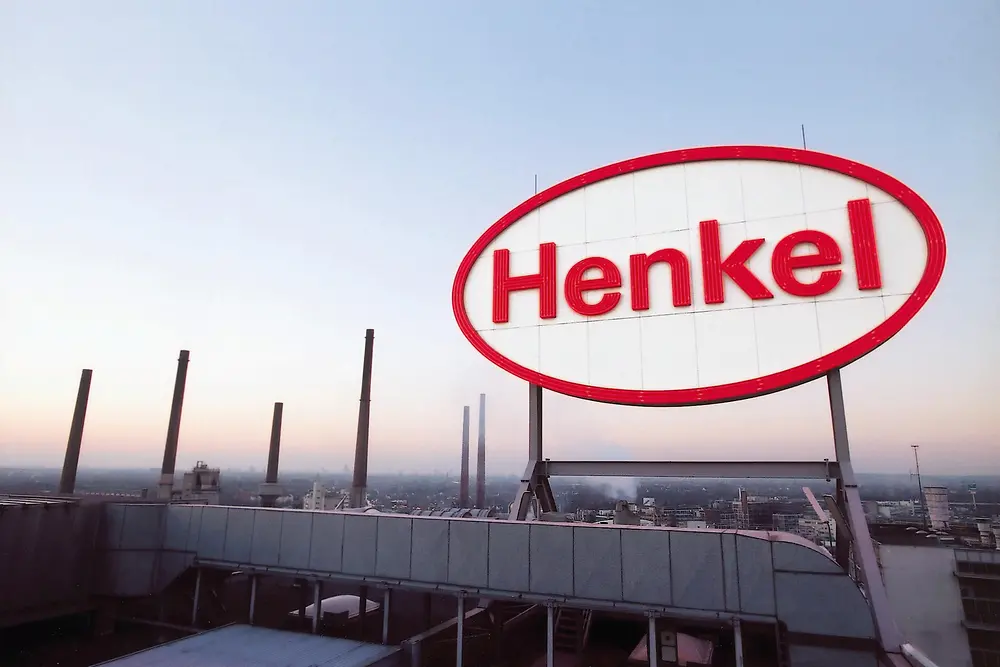Aluminum in its raw, unfinished state reacts with oxygen in ambient air and other weathering influences, resulting in an uncontrolled and undesirable, unaesthetic oxide layer. Although galvanic coating can be used to prevent this effect, it adds an extra layer of material and weight. In contrast, anodizing directly converts the outermost aluminum layer into a controlled thin and smooth oxide skin, reliably protecting the surface from further oxidization (corrosion). Depending on the specific needs of the end product, the typical thickness of the anodized layer is normally just between 5 and 25 µm.
“As the demand for lightweight and aesthetic aluminum parts increases, manufacturers need cost-effective anodizing solutions to maximize both the productivity and sustainability of their processes,” says Raul Hernandez, Business Development Manager Light Metal Finishing for Henkel. “Our Bonderite portfolio for aluminum anodizing comprises specialized products for all process steps, beginning with chemicals for mechanical pretreatment e.g.: grinding, polishing and cleaning; up to the substances for the chemical process: degreasing, etching, desmutting, brightening, anodizing, electrolytical coloring and sealing. The range is actually fronted by a new non-etching one-component degreaser, a long-life etching additive for outstanding E6 finish, and a high-productivity hot sealing as well as a nickel-free cold sealing additive.”
The first step in anodizing is always dedicated to degreasing the surface. For brightened or high-gloss aesthetic parts that can’t be etched for anodizing, Henkel has developed Bonderite C AK 62115.
The one-component degreaser simplifies product handling vs. conventional two-component alternatives and is also highly reliable in removing residual brushing paste from the part surface.
As a key player in the market of long-life etching additives, Henkel is well-known for its family of Bonderite C AK products combining low chemical consumption with optimized E6 results. E6 refers to a more thorough etching process compared to E0 and is frequently used to eliminate larger surface defects by actually removing part of the material. One of the company’s most recent product solutions in this field is Bonderite C AK 62250, which has been custom-tailored to combine the required high etching and finishing levels with excellent bath stability, including reduced drag-out and no foaming. This also makes it an economic compromise between caustic soda and other long-life etching products.
The final step in the aluminum anodizing process is sealing. Two highlights in Henkel’s dedicated product offering provide breakthrough solutions addressing demands for increased performance in hot sealing and minimized toxicity in cold sealing.
Bonderite M ED 11011 is Henkel’s latest hot sealing additive, developed to at least double the standard life span of sealed parts and increase the productivity of single-step hot sealing by a minimum of 20 percent. Hot sealing with this new product takes exactly 3 min/µm, fixed, as a standard sealing time. By reducing the make-up of the bath by 50 percent or more, the innovative solution also results in a smaller CO2 footprint. Altogether, processors using Bonderite M ED 11011 can benefit from substantial cost savings per square meter of hot sealed material.
With Bonderite M ED 11150/11151, Henkel is also underscoring its leading role in cold sealing solutions for anodized aluminum. Although it can involve several steps, cold sealing is a very attractive high-productivity alternative to hot sealing, but has traditionally been associated with nickel and subsequent toxicity issues. Henkel’s new game-changing cold sealing additives are completely nickel-free, without compromising process time or sealing quality, and also QUALANOD approved.
“Only few suppliers can match the advanced technology behind these new Henkel products for aluminum anodizing, and we are firmly committed to answer the needs of aluminum processors with a cascade of further innovative solutions designed to create more value for our customers, manufacturers, consumers and the environment,” adds Hernandez.










